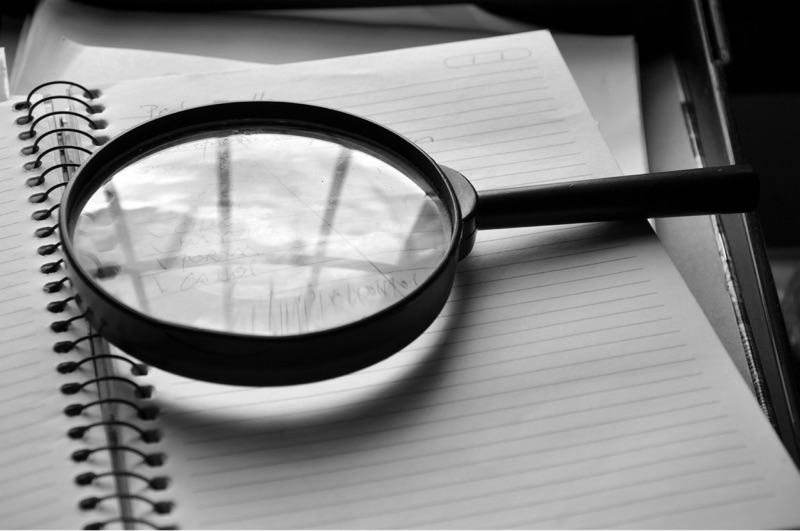How do I know the information I have is correct?

Verifying information in family history research is crucial to avoid building your family tree on myths, assumptions, or incorrect records. Here are practical tips to help ensure your genealogical research is accurate and reliable:
✅ 1. Start with What You Know (But Still Verify It)
- Even family stories or details from living relatives should be verified with records (e.g., birth certificates, census records, etc.).
- Oral histories often contain truth mixed with errors or exaggerations.
✅ 2. Use Primary Sources Whenever Possible
- Primary sources are original, first-hand documents like:
- Birth, marriage, and death certificates
- Census records
- Military records
- Immigration/naturalization documents
- Church and parish records
- These are typically more reliable than secondary sources like family trees online or books.
✅ 3. Check for Consistency Across Multiple Records
- Compare names, dates, locations, occupations, and relationships in different records.
- Look for corroborating evidence — one source is not enough.
Example: A census record says someone was born in 1902, but their death certificate says 1904. A birth record could confirm the truth.
✅ 4. Be Cautious with Online Family Trees
- Many user-submitted trees (like those on Ancestry or MyHeritage) are unverified and often copied without sources.
- Use them only as clues, and double-check everything with documentation.
✅ 5. Pay Attention to Sources
- Always ask: Where did this information come from?
- Good genealogists cite their sources. A fact without a source is just a guess.
✅ 6. Learn to Read Old Handwriting and Understand Context
- Misreading old handwriting can lead to major errors.
- Understand historical context (e.g., name spellings change, people lied about their age, borders moved, etc.).
✅ 7. Watch for Name Variations and Misspellings
- Spelling was often inconsistent in older records, especially for immigrants.
- Try searching with wildcards (like “Jhnson” or “Smth”) and phonetic variants.
✅ 8. Track and Analyze Conflicting Information
- Keep notes on any conflicting data you find and why you believe one source over another.
- Create a timeline to help resolve discrepancies in dates or events.
✅ 9. Use DNA Testing as a Supplementary Tool
- DNA can help verify biological relationships or suggest new connections, but it should support — not replace — document-based research.
✅ 10. Stay Organized
- Keep a research log noting what sources you've checked, what you found, and what’s still needed.
- Organizing your evidence helps you spot patterns and avoid duplicate work.
📌 Bonus Tip: Think Like a Detective
- Be skeptical. Question assumptions. Follow the evidence.
- If something seems too neat or too perfect, it might be wrong — dig deeper.
Best Wishes 💫
Amy

Comments
Post a Comment